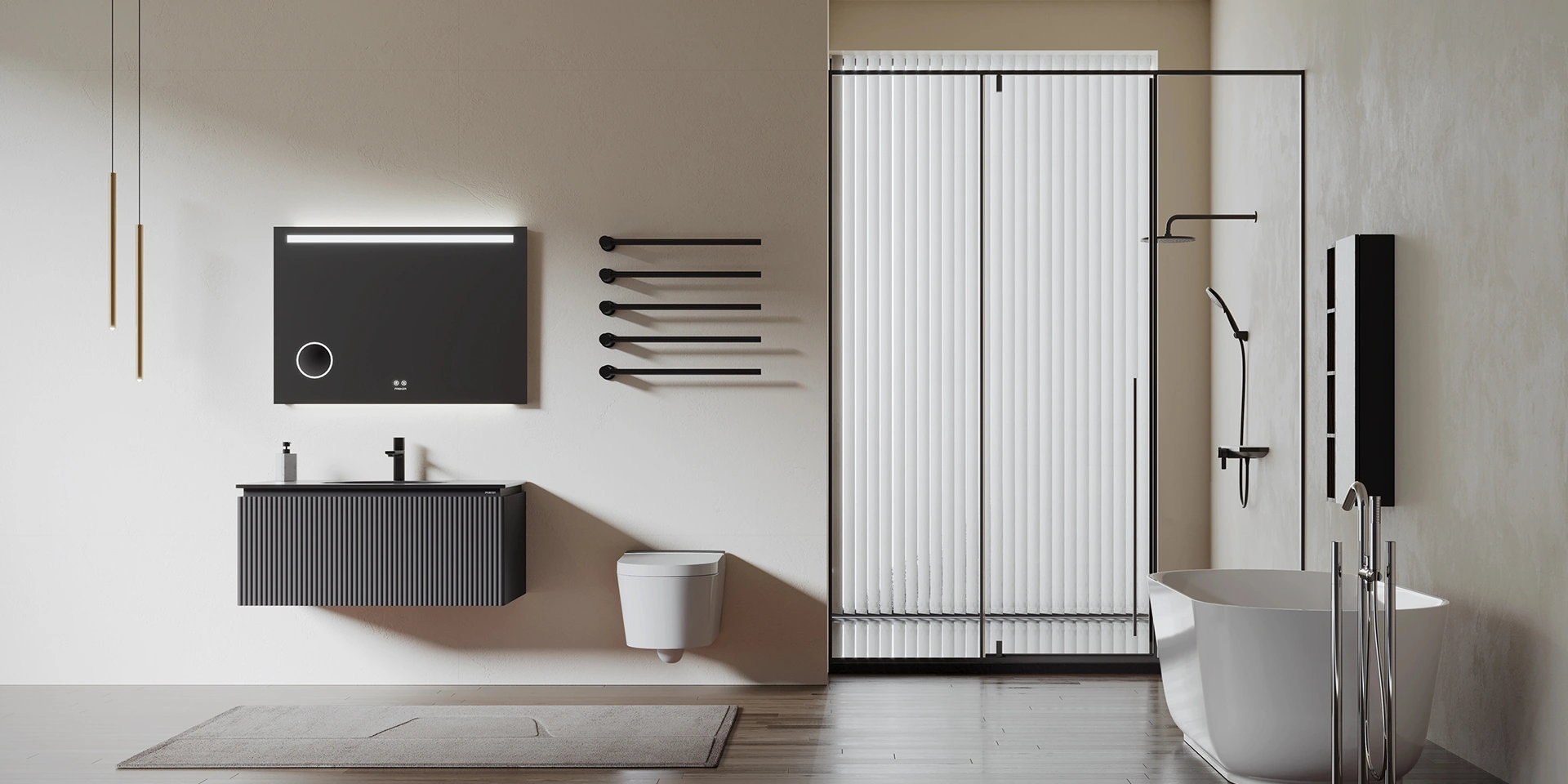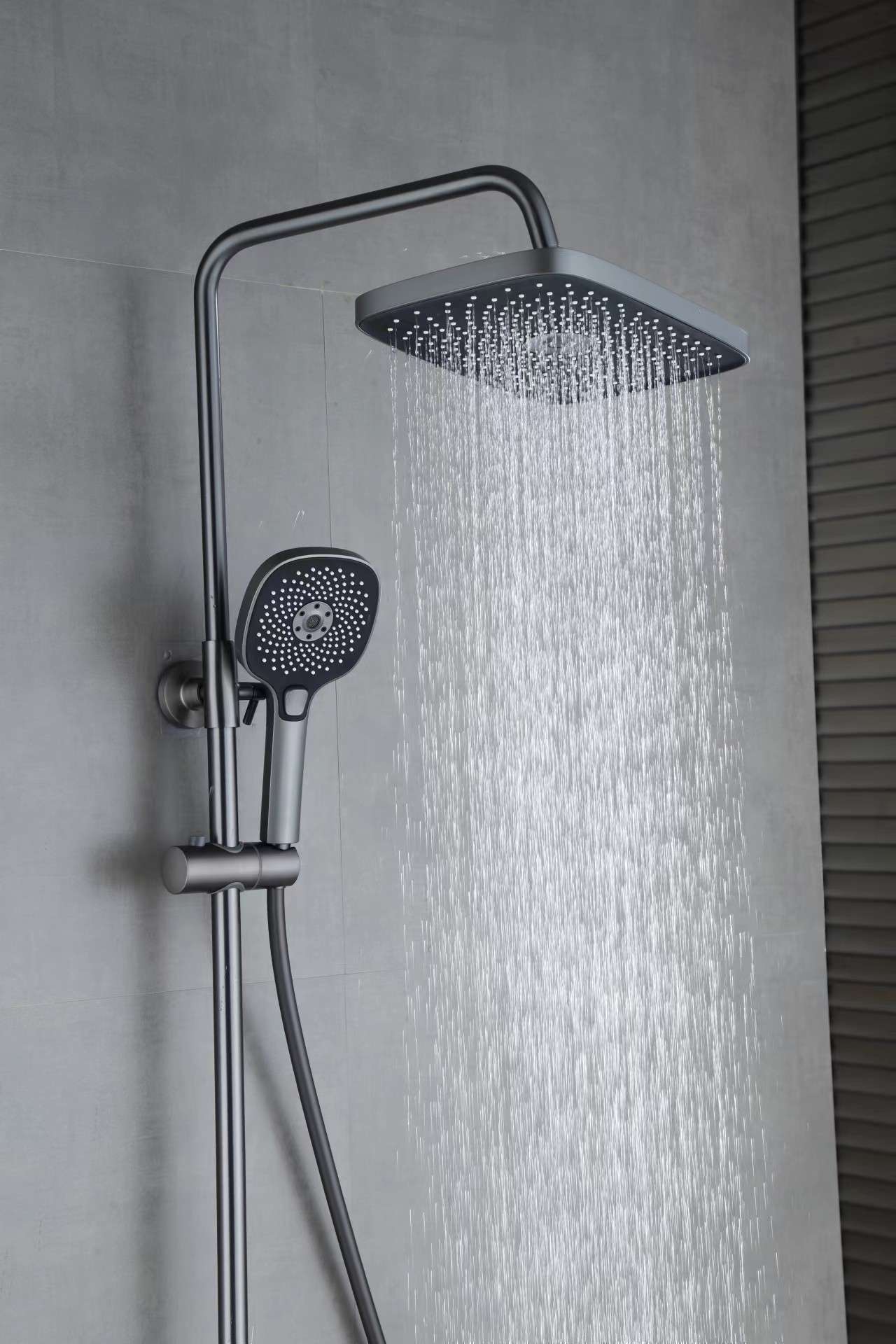Pneumatic Concealed Water Tank Panels: The Ultimate Solution for Space-Saving in Small Bathrooms
Release time:
2025-04-14
Pneumatic Concealed Water Tank Panels: The Ultimate Solution for Space-Saving in Small Bathrooms
Table of Contents
1. Introduction to Pneumatic Concealed Water Tank Panels
2. Benefits of Using Pneumatic Concealed Water Tank Panels
2.1 Space Efficiency and Design Flexibility
2.2 Improved Aesthetics and Clean Lines
2.3 Easy Maintenance and Accessibility
3. How Pneumatic Concealed Water Tank Panels Work
3.1 The Mechanism Behind Pneumatic Technology
3.2 Integration with Bathroom Fixtures
4. Installation Process of Pneumatic Concealed Water Tank Panels
4.1 Pre-Installation Considerations
4.2 Step-by-Step Installation Guide
5. Maintenance Tips for Pneumatic Concealed Water Tank Panels
5.1 Routine Checks and Common Issues
5.2 Troubleshooting Pneumatic Systems
6. Cost Considerations and Value for Money
7. Conclusion
8. Frequently Asked Questions (FAQs)
1. Introduction to Pneumatic Concealed Water Tank Panels
In today’s fast-paced world, space conservation is paramount, especially in smaller living environments. The **pneumatic concealed water tank panels** represent a revolutionary shift in bathroom design, combining **functionality** with **aesthetics**. Unlike traditional water tanks, these panels are ingeniously hidden behind walls, providing a sleek appearance while maintaining the full functionality of modern plumbing needs. In this article, we delve into the numerous benefits and considerations surrounding these systems, establishing why they stand out as the smart choice for small bathrooms.
2. Benefits of Using Pneumatic Concealed Water Tank Panels
Embracing the use of pneumatic concealed water tank panels can transform your bathroom experience significantly. Here are some of the **key benefits** that make them a preferred choice:
2.1 Space Efficiency and Design Flexibility
Small bathrooms can often feel cramped, limiting your design options. Pneumatic concealed water tank panels optimize your space by eliminating bulky tanks. This allows for greater versatility in **layout** and **fixture placement**, enabling homeowners to maximize their limited square footage without compromising on style.
2.2 Improved Aesthetics and Clean Lines
When it comes to bathroom design, aesthetics play a critical role. Pneumatic concealed water tank panels create clean lines and a minimalist look, contributing to a modern ambiance. By hiding the tank within the wall, your attention is drawn to the luxurious finishes and fixtures of your bathroom rather than unsightly plumbing.
2.3 Easy Maintenance and Accessibility
Contrary to what might be assumed about hidden plumbing, maintenance of pneumatic concealed water tank panels is straightforward. Their design allows for easy access when repairs or inspections are needed. This means that even in a compact space, you won’t have to sacrifice accessibility for style.
3. How Pneumatic Concealed Water Tank Panels Work
Understanding the mechanics behind pneumatic concealed water tank panels can help in appreciating their value.
3.1 The Mechanism Behind Pneumatic Technology
Pneumatic systems rely on compressed air to operate, making them efficient and quiet. The tank is pressurized, which allows for a smooth and rapid flush while minimizing noise—an essential feature for smaller spaces where every sound is amplified.
3.2 Integration with Bathroom Fixtures
These panels integrate seamlessly with various bathroom fixtures, including toilets and bidets. This compatibility ensures that you can enjoy the benefits of a pneumatic system without overhauling your entire bathroom setup.
4. Installation Process of Pneumatic Concealed Water Tank Panels
A proper installation process is critical for the functionality of pneumatic concealed water tank panels. Here’s a comprehensive guide:
4.1 Pre-Installation Considerations
Before embarking on the installation journey, assess your bathroom layout and plumbing. Measure the space meticulously to ensure compatibility. Furthermore, consult local building codes to ensure compliance with regulations.
4.2 Step-by-Step Installation Guide
1. **Prepare the Wall**: Create a space within the wall structure for the tank panel to be installed.
2. **Install the Panel**: Secure the water tank panel to the wall using appropriate anchors and fixings.
3. **Connect Plumbing**: Attach the water supply line to the tank, ensuring tight seals to prevent leaks.
4. **Seal and Finish**: Apply drywall or appropriate wall finish over the panel, ensuring a clean and cohesive look.
5. **Test the System**: After installation, run a test flush to ensure the system operates correctly.
5. Maintenance Tips for Pneumatic Concealed Water Tank Panels
Proper maintenance can prolong the lifespan of your pneumatic concealed water tank panels and prevent potential issues.
5.1 Routine Checks and Common Issues
Regularly check for leaks or signs of wear around the installation point. Maintaining the pressure levels within the tank is essential. If you notice any irregularities, immediate inspection is advised.
5.2 Troubleshooting Pneumatic Systems
In case of malfunction, refer to the user manual for troubleshooting tips. Common issues may include loss of pressure or slow flushes, which often point to air leaks or blockages. Ensure that all connections remain secure and clear of obstructions.
6. Cost Considerations and Value for Money
Investing in pneumatic concealed water tank panels may entail a higher upfront cost compared to traditional systems. However, their long-term benefits—such as reduced maintenance costs and increased home value—make them a smart investment. Homeowners can expect a considerable return on investment through enhanced bathroom aesthetics and functionality.
7. Conclusion
Pneumatic concealed water tank panels emerge as a **smart solution** for homeowners looking to optimize small bathroom spaces without sacrificing style. The blend of modern technology, aesthetic appeal, and functional efficiency makes them an ideal choice in today’s design landscape. As we continue to seek ways to maximize our living spaces, these innovative systems stand at the forefront, representing a significant leap in bathroom design.
8. Frequently Asked Questions (FAQs)
Q1: Are pneumatic concealed water tank panels easy to install?
A1: Yes, with careful planning and adherence to installation guidelines, they can be installed effectively, often by a professional.
Q2: How do I maintain a pneumatic concealed water tank panel?
A2: Regularly inspect for leaks, maintain pressure levels, and consult the user manual for troubleshooting common issues.
Q3: Can I use these panels in any bathroom design?
A3: Yes, they are versatile and can seamlessly integrate into various styles, contributing to a modern and clean aesthetic.
Q4: What are the advantages over traditional water tanks?
A4: They save space, enhance bathroom aesthetics, and are quieter and easier to maintain than conventional tanks.
Q5: How does the cost compare to traditional systems?
A5: Although they may cost more initially, the long-term benefits and potential increase in property value often justify the investment.
By choosing pneumatic concealed water tank panels, homeowners not only enhance their bathroom's functionality but also elevate its overall design. They are a testament to how modern plumbing can meet the challenges of contemporary living spaces effectively.
Related News
Share
 Ruigad@Ruigad.com
Ruigad@Ruigad.com
 0592-6363076
0592-6363076








